Code
HCS16387
Weight
930 gm / 2.05 lbs
Size
Height
16cm (6") Width
8.5cm (3") Depth
8.5cm (3") Material
Brass
Availability
Available
Date Added
2019-08-08 08:48:49
Note : We used to sell this product 6 years ago so it may no longer be in our stock.
It is possible that we still have it with our suppliers but the price could be different from before.
Feel free to order. We will verify availability and inform you promptly.
It is possible that we still have it with our suppliers but the price could be different from before.
Feel free to order. We will verify availability and inform you promptly.

Safe Payment
We accept Paypal, Money Transfer, Bank Transfer
Confidence
Protection covers your purchase and personal data.
Worldwide Delivery
We ship Worldwide, except Russia.Shipping cost US$25.2 for upto 0.5 kgs

Hotline
Talk to help line for your question on 9841267335Process: Sand Casting
This Statue Of Hanuman Glossy Finishing has been created using the sand casting system, also known as sand molding casting. This widely employed manufacturing process utilizes a sand mold to produce metal products and components in various sizes and shapes. Sand casting holds significant popularity in the industry, accounting for approximately 60% of all metal castings. The sand casting process involves six primary steps. First, a pattern or replica of the desired sculpture, in this case, Statue Of Hanuman Glossy Finishing, is created using a material like wood or metal. The pattern is then placed in a flask, which is a box-like structure divided into two halves. The next step involves packing the flask tightly with specially formulated molding sand, creating a mold cavity that matches the shape of the pattern. The pattern is subsequently removed, leaving behind a negative impression of the sculpture within the sand mold. Read More . . .
This Statue Of Hanuman Glossy Finishing has been created using the sand casting system, also known as sand molding casting. This widely employed manufacturing process utilizes a sand mold to produce metal products and components in various sizes and shapes. Sand casting holds significant popularity in the industry, accounting for approximately 60% of all metal castings. The sand casting process involves six primary steps. First, a pattern or replica of the desired sculpture, in this case, Statue Of Hanuman Glossy Finishing, is created using a material like wood or metal. The pattern is then placed in a flask, which is a box-like structure divided into two halves. The next step involves packing the flask tightly with specially formulated molding sand, creating a mold cavity that matches the shape of the pattern. The pattern is subsequently removed, leaving behind a negative impression of the sculpture within the sand mold. Read More . . .
Brief Introduction :
Hanuman is a Hindu god and divine vanara companion of the god Rama. Hanuman is one of the central characters of the Hindu epic Ramayana. He is an ardent devotee of Rama and one of the chiranjeevi's. Hanuman is also son of the wind-god Vayu, who in several stories played a direct role in Hanuman's birth. Hanuman is mentioned in several other texts, such as the epic Mahabharata and the various Puranas.
Evidence of devotional worship to Hanuman is largely absent in these texts, as well as in most archeological sites. According to Philip Lutgendorf, an American Indologist, the theological significance of Hanuman and devotional dedication to him emerged about 1,000 years after the composition of the Ramayana, in the 2nd millennium CE, after the arrival of Islamic rule in the Indian subcontinent. Lutgendorf also writes that the skills in Hanuman's resume also seem to derive in part from his windy patrimony, reflecting Vayu's role in both body and cosmos. Bhakti movement saints such as Samarth Ramdas have positioned Hanuman as a symbol of nationalism and resistance to persecution. The Vaishnava saint Madhva said that whenever Vishnu incarnates on earth, Vayu accompanies him and aids his work of preserving dharma. In the modern era, Hanuman's iconography and temples have been increasingly common. He is viewed as the ideal combination of "strength, heroic initiative and assertive excellence" and "loving, emotional devotion to his personal god Rama", as Shakti and Bhakti. In later literature, he is sometimes portrayed as the patron god of martial arts such as wrestling and acrobatics, as well as activities such as meditation and diligent scholarship. He symbolizes the human excellences of inner self-control, faith, and service to a cause, hidden behind the first impressions of a being who looks like an Ape-Man Vanara. Hanuman is considered a bachelor and exemplary celibate.
Some scholars have identified Hanuman as one potential inspiration for Sun Wukong, the Monkey King character in the Chinese epic adventure Journey to the West.
Some scholars have identified Hanuman as one potential inspiration for Sun Wukong, the Monkey King character in the Chinese epic adventure Journey to the West.



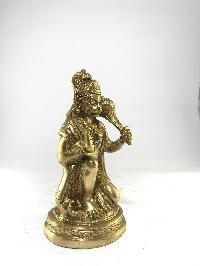
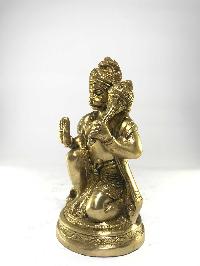
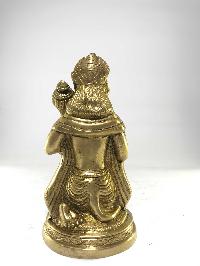

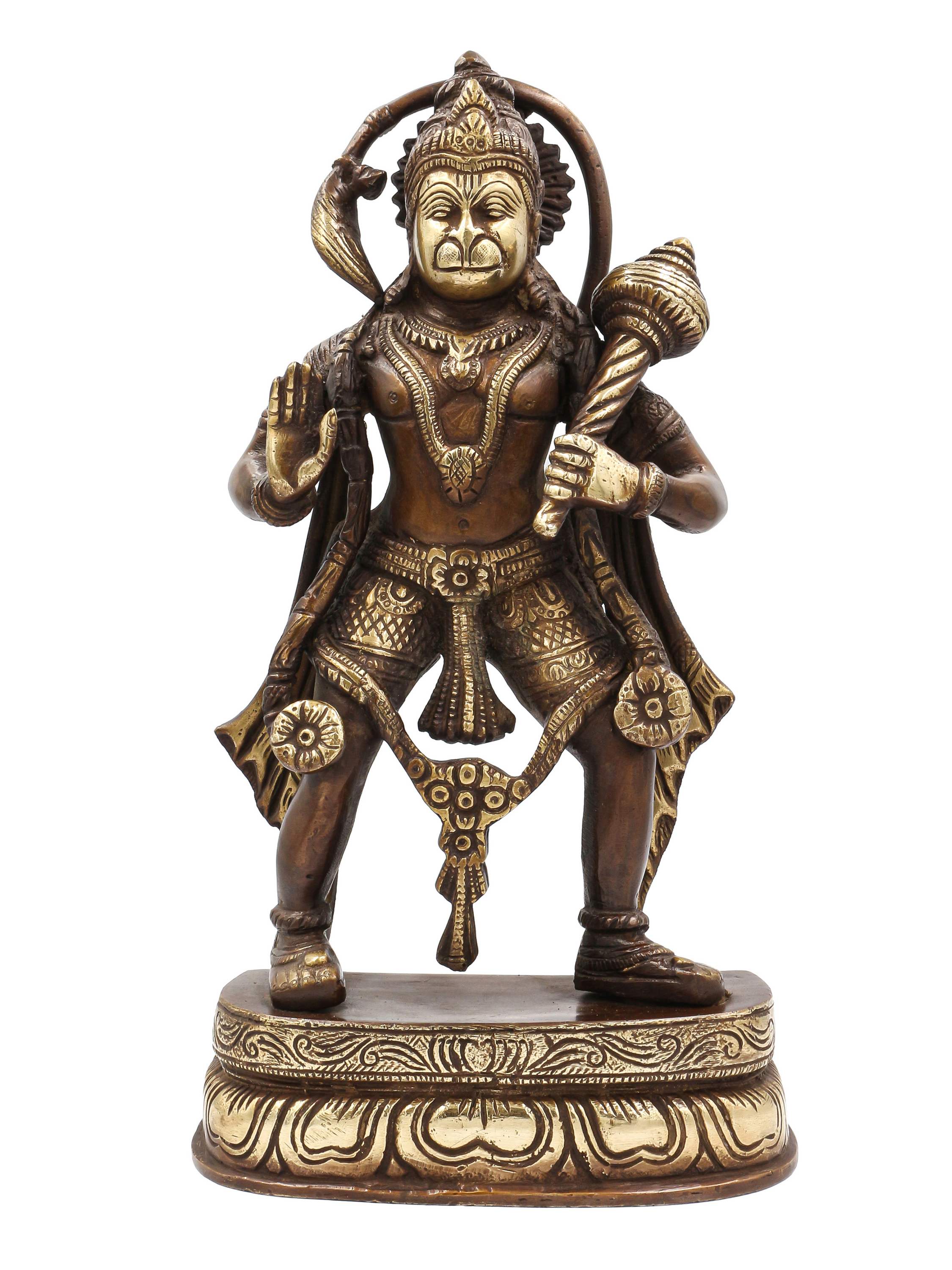 of Hanuman,
of Hanuman, 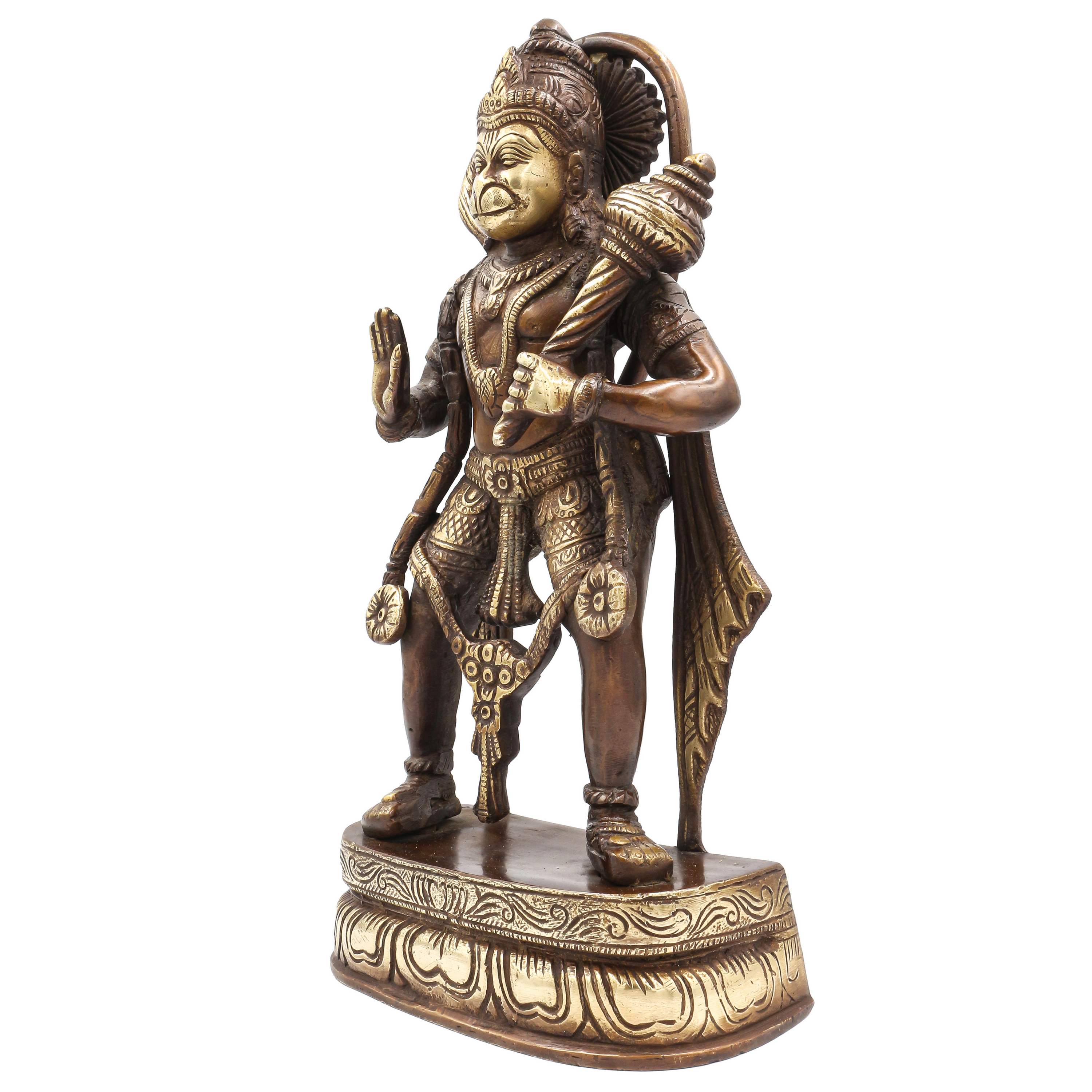 of Hanuman,
of Hanuman, 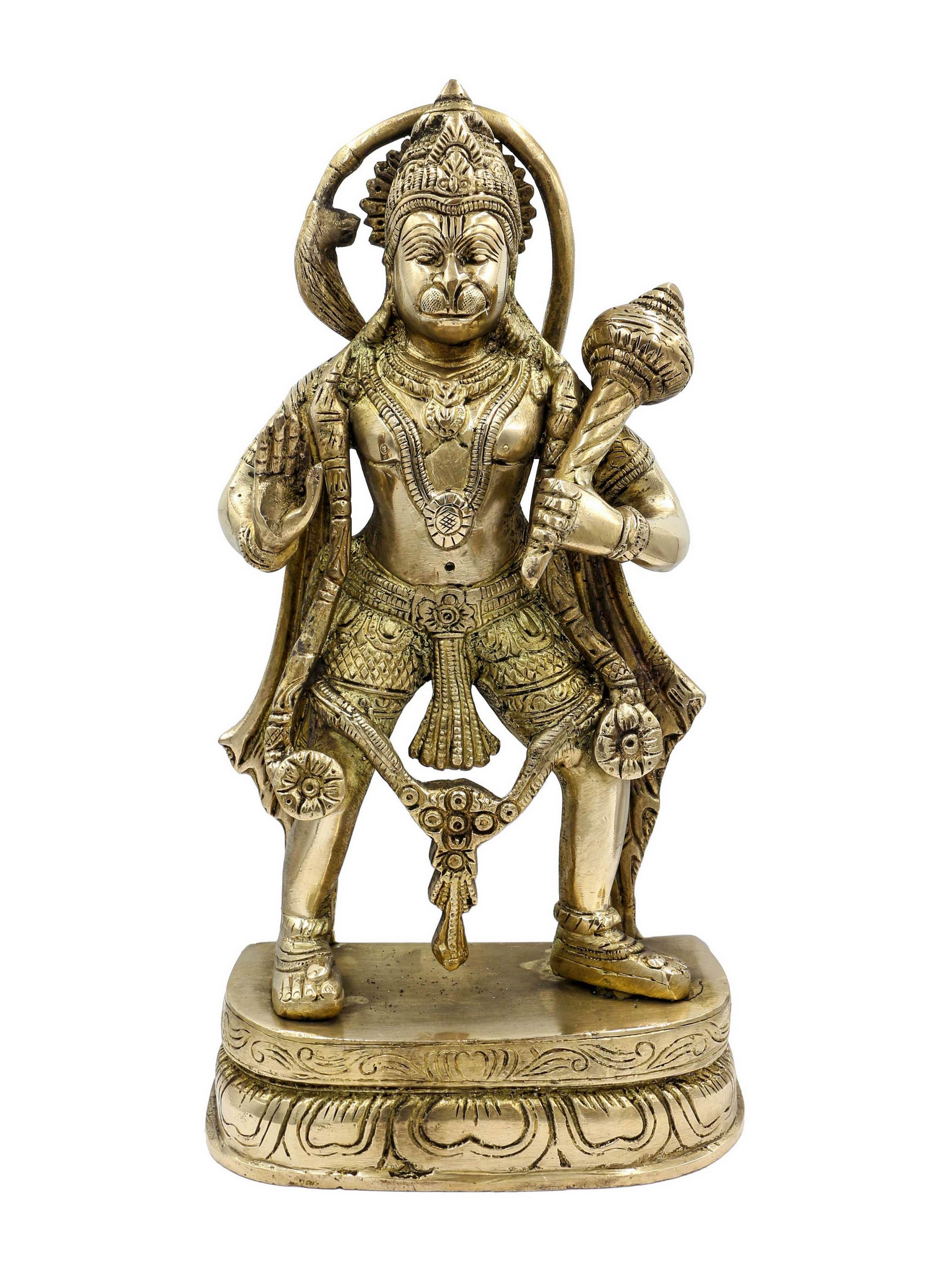 of Hanuman,
of Hanuman, 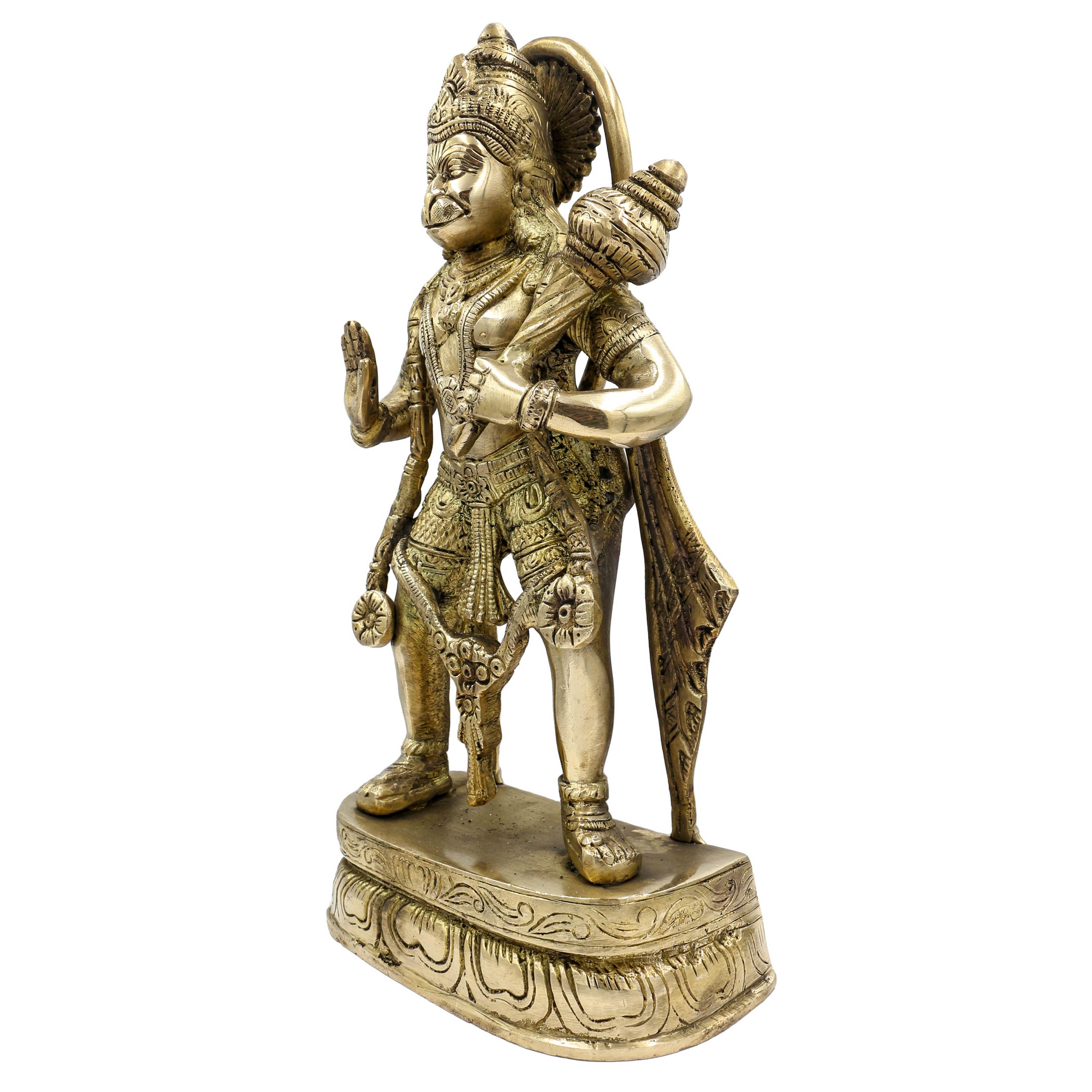 of Hanuman,
of Hanuman, 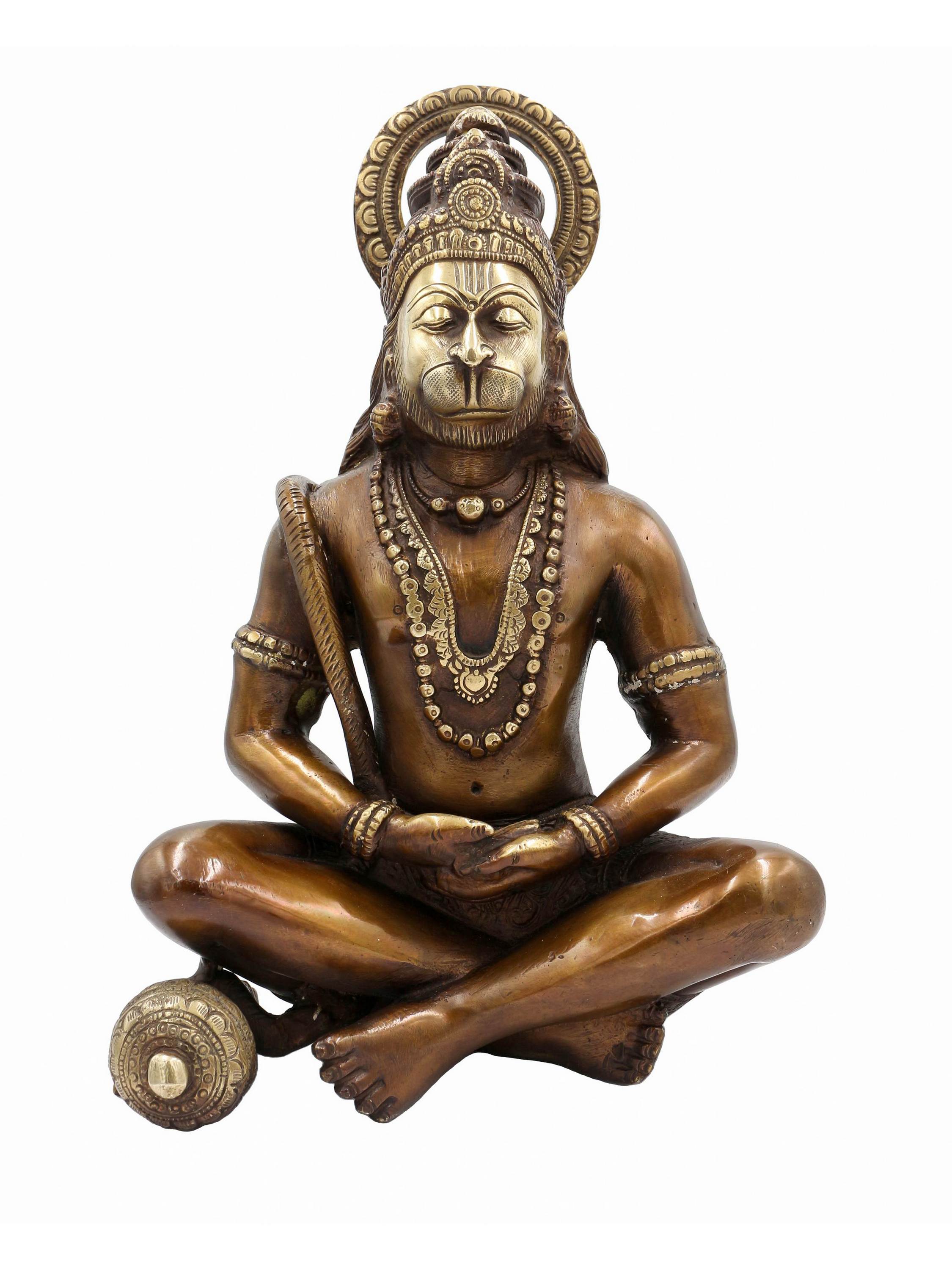 of Hanuman,
of Hanuman, 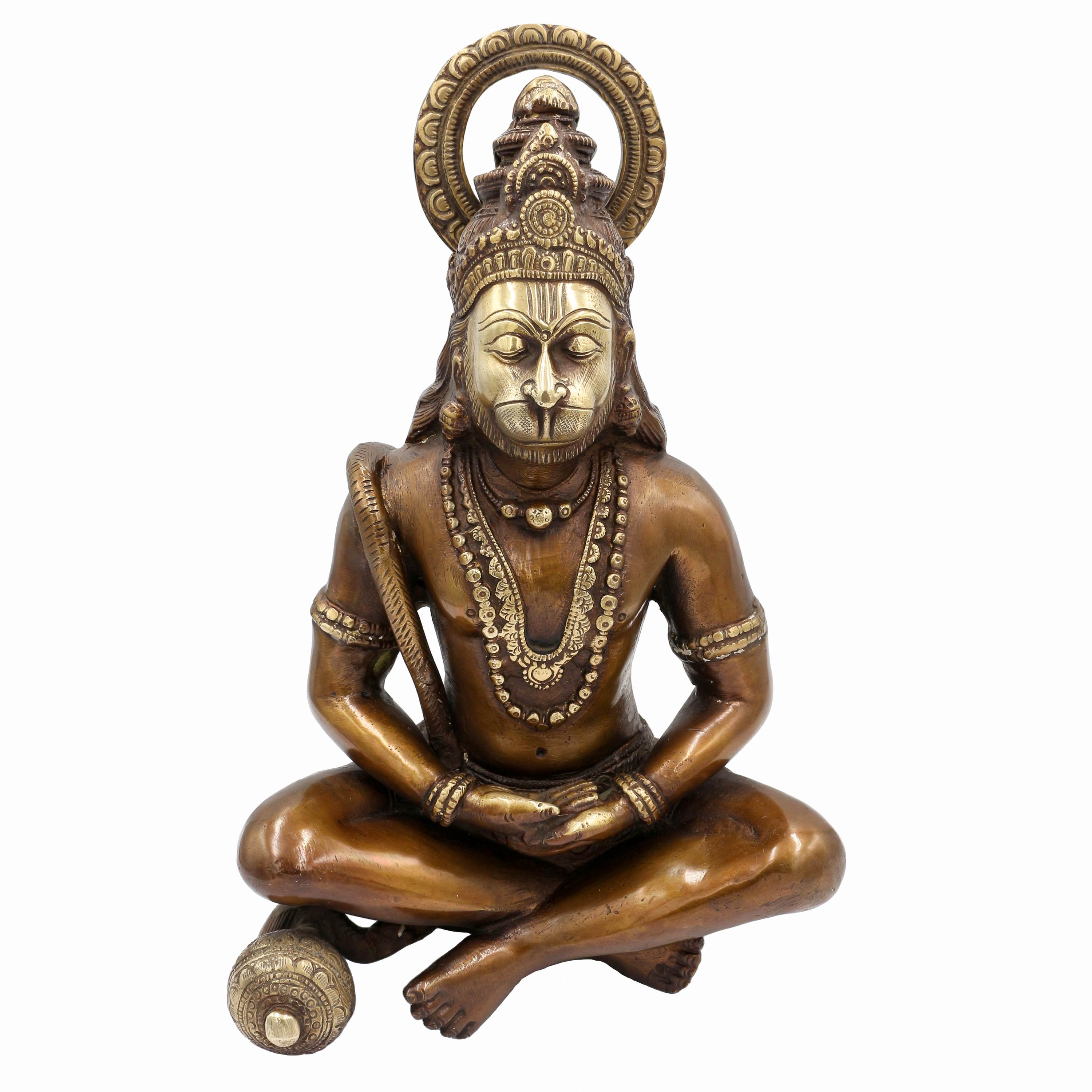 of Hanuman,
of Hanuman, 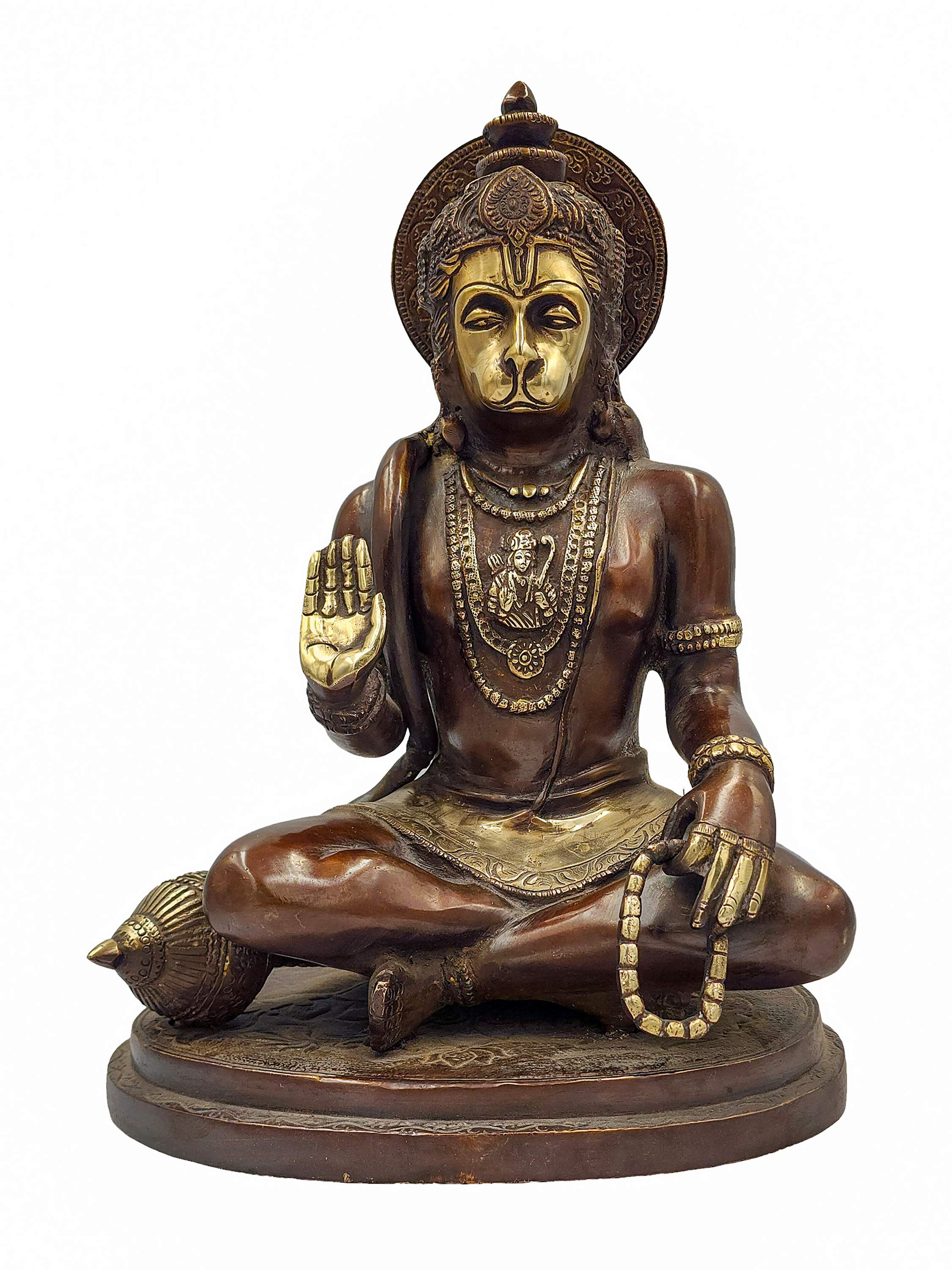 of Hanuman, Sand Casting,
of Hanuman, Sand Casting, 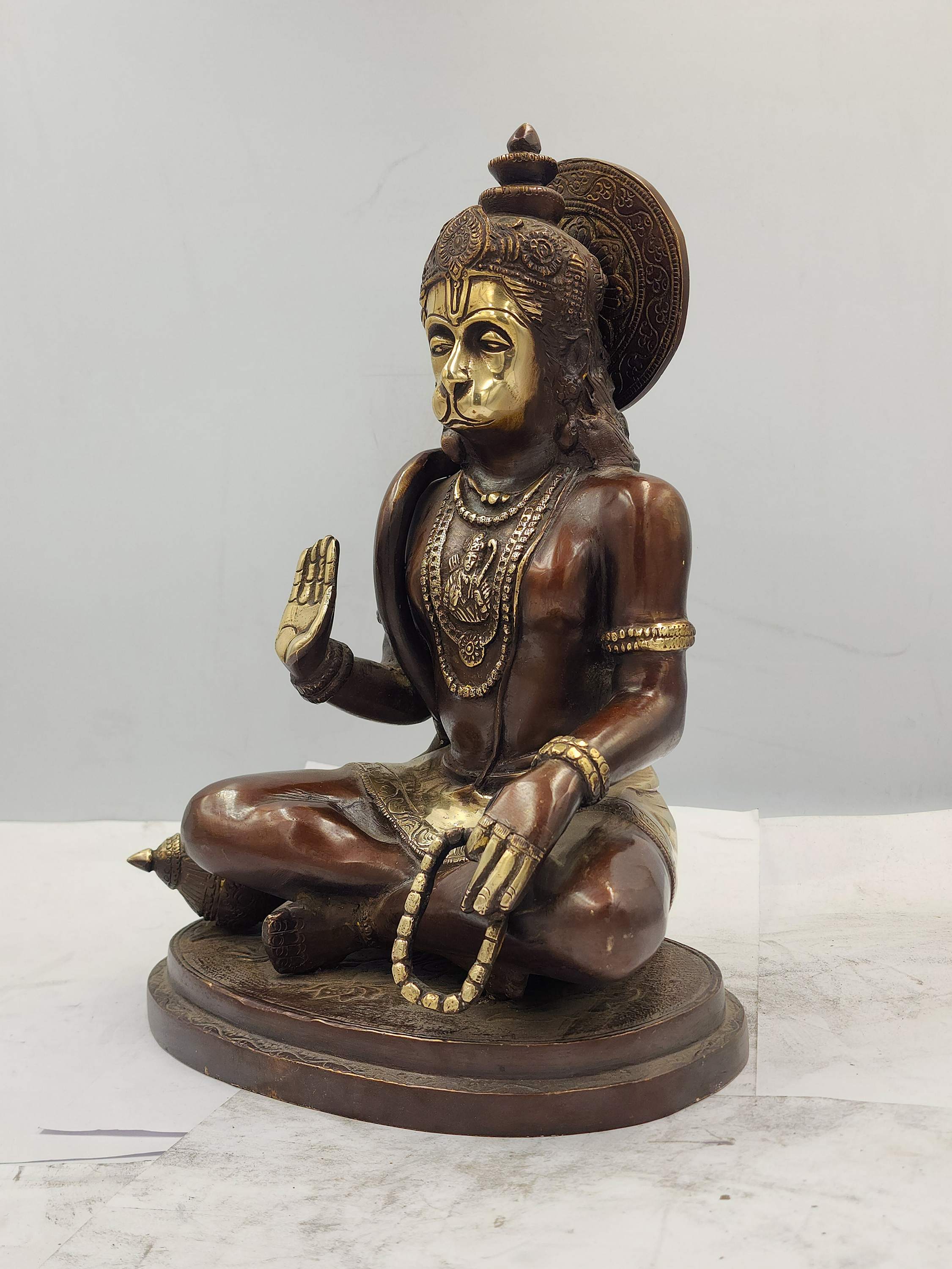 of Hanuman, Sand Casting,
of Hanuman, Sand Casting,  of Hanuman Glossy Finishing" title="Statue
of Hanuman Glossy Finishing" title="Statue 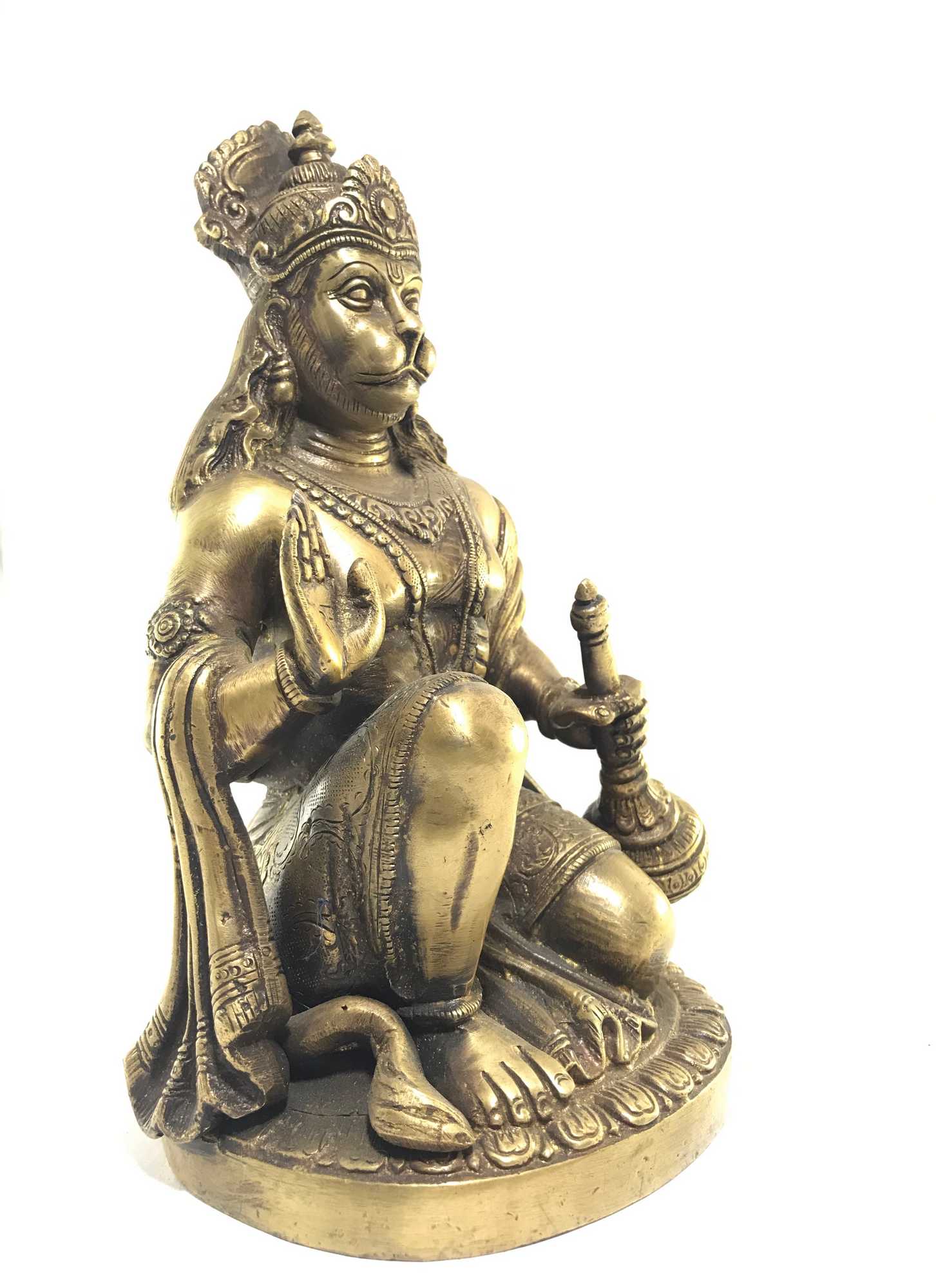 of Hanuman Glossy Finishing" title="Statue
of Hanuman Glossy Finishing" title="Statue 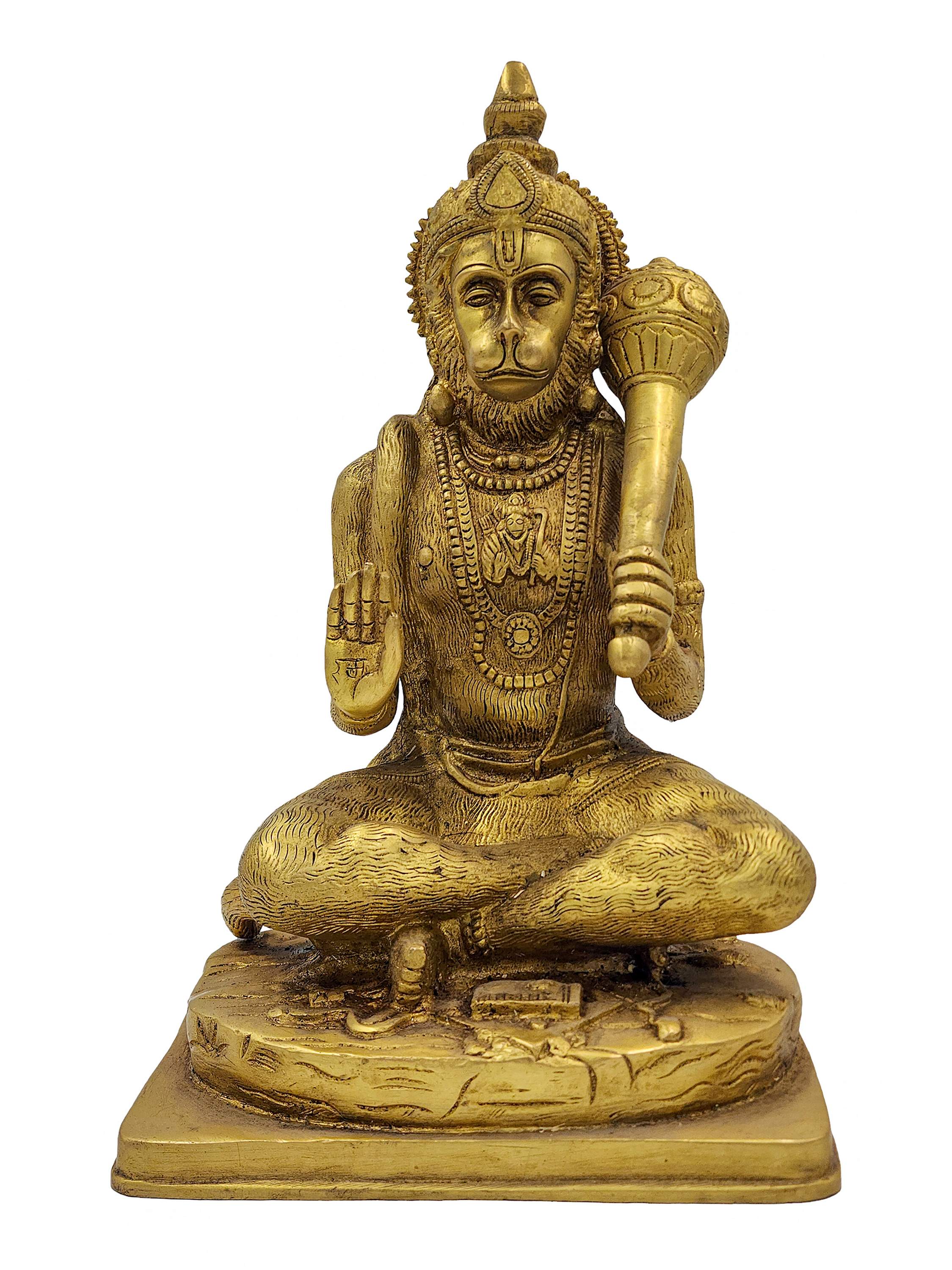 of Hanuman,
of Hanuman, 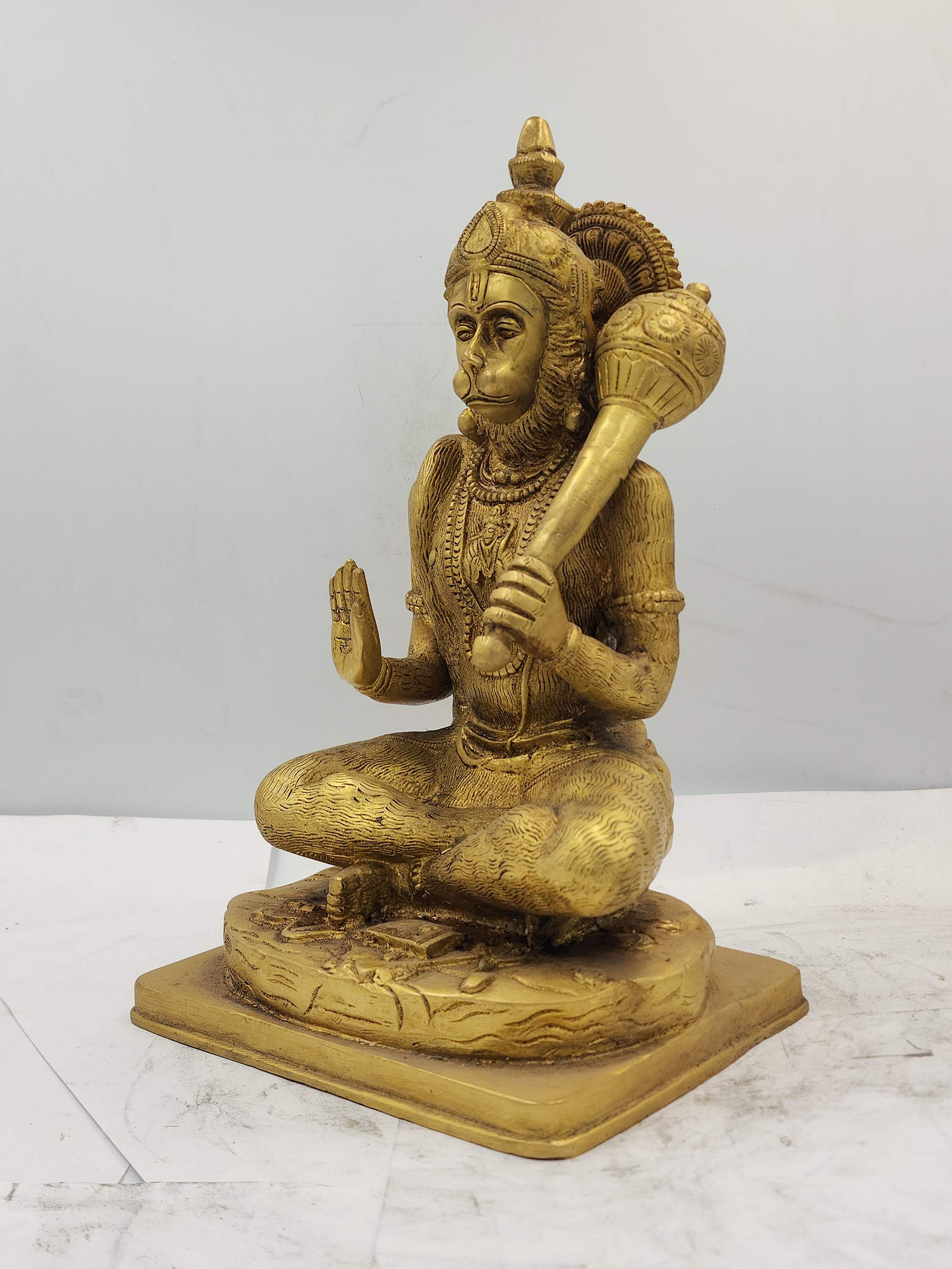 of Hanuman,
of Hanuman, 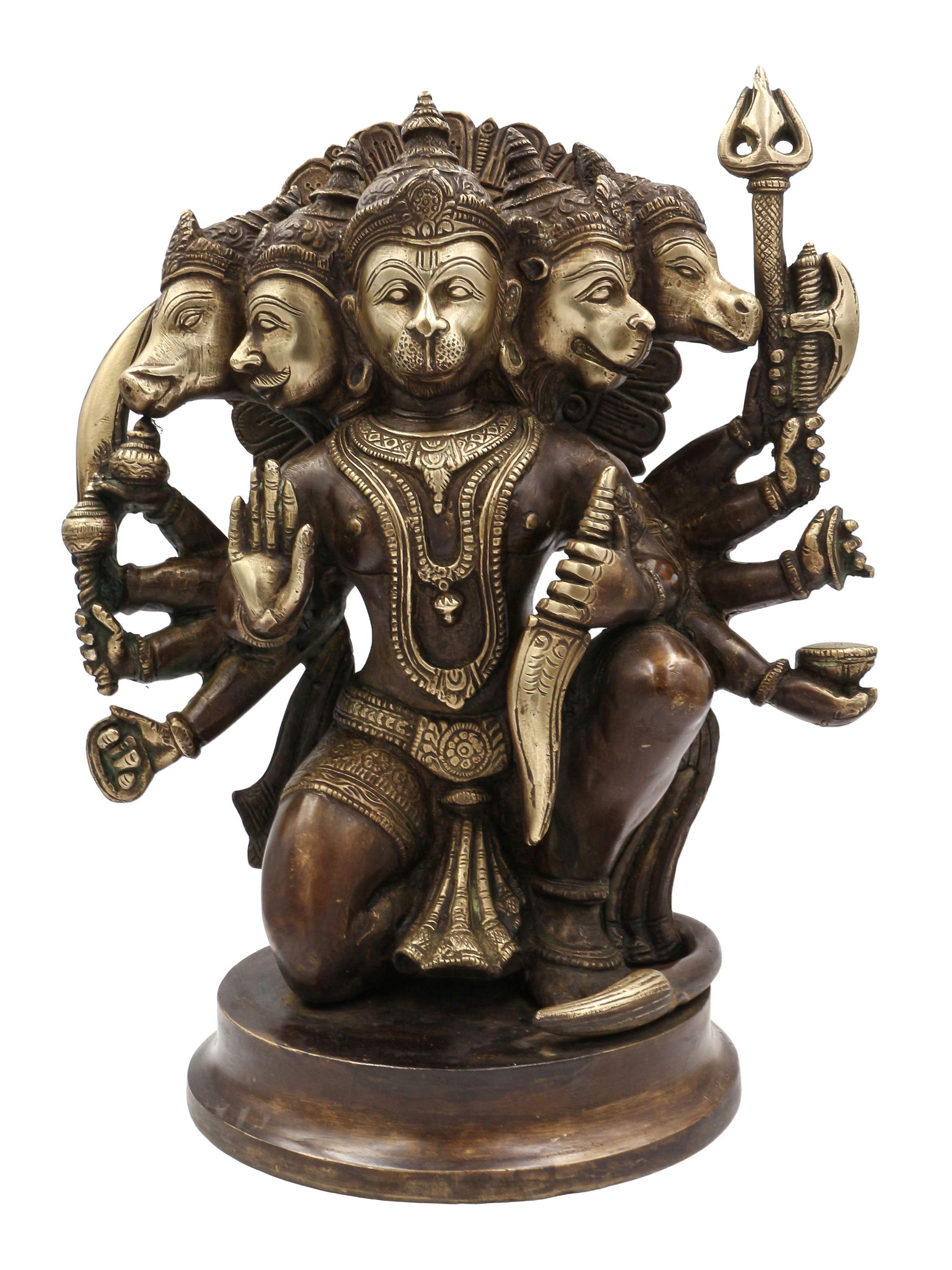 of Panchmukhi
of Panchmukhi 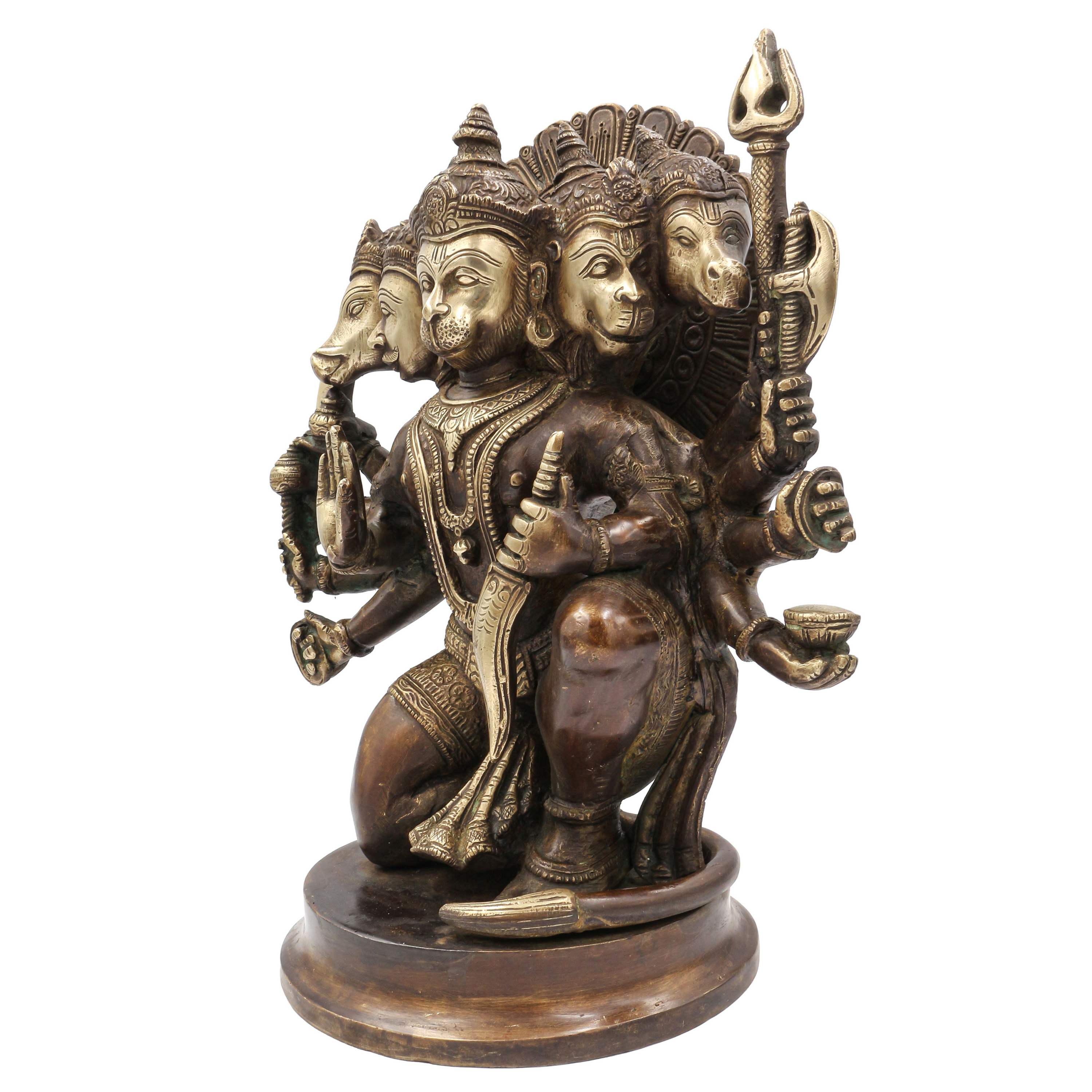 of Panchmukhi
of Panchmukhi  of Standing Hanuman,
of Standing Hanuman, 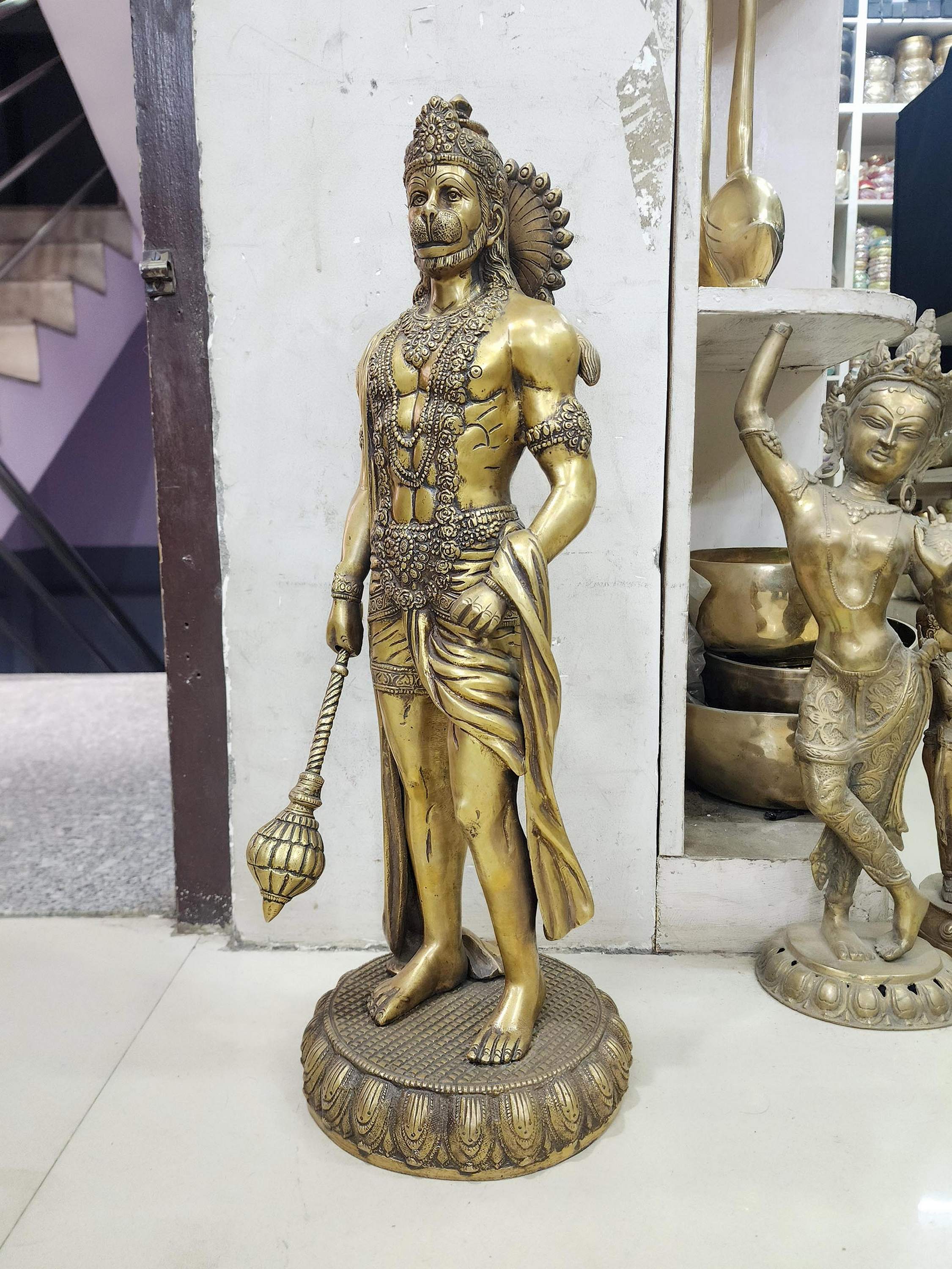 of Standing Hanuman,
of Standing Hanuman,  of Hanuman,
of Hanuman, 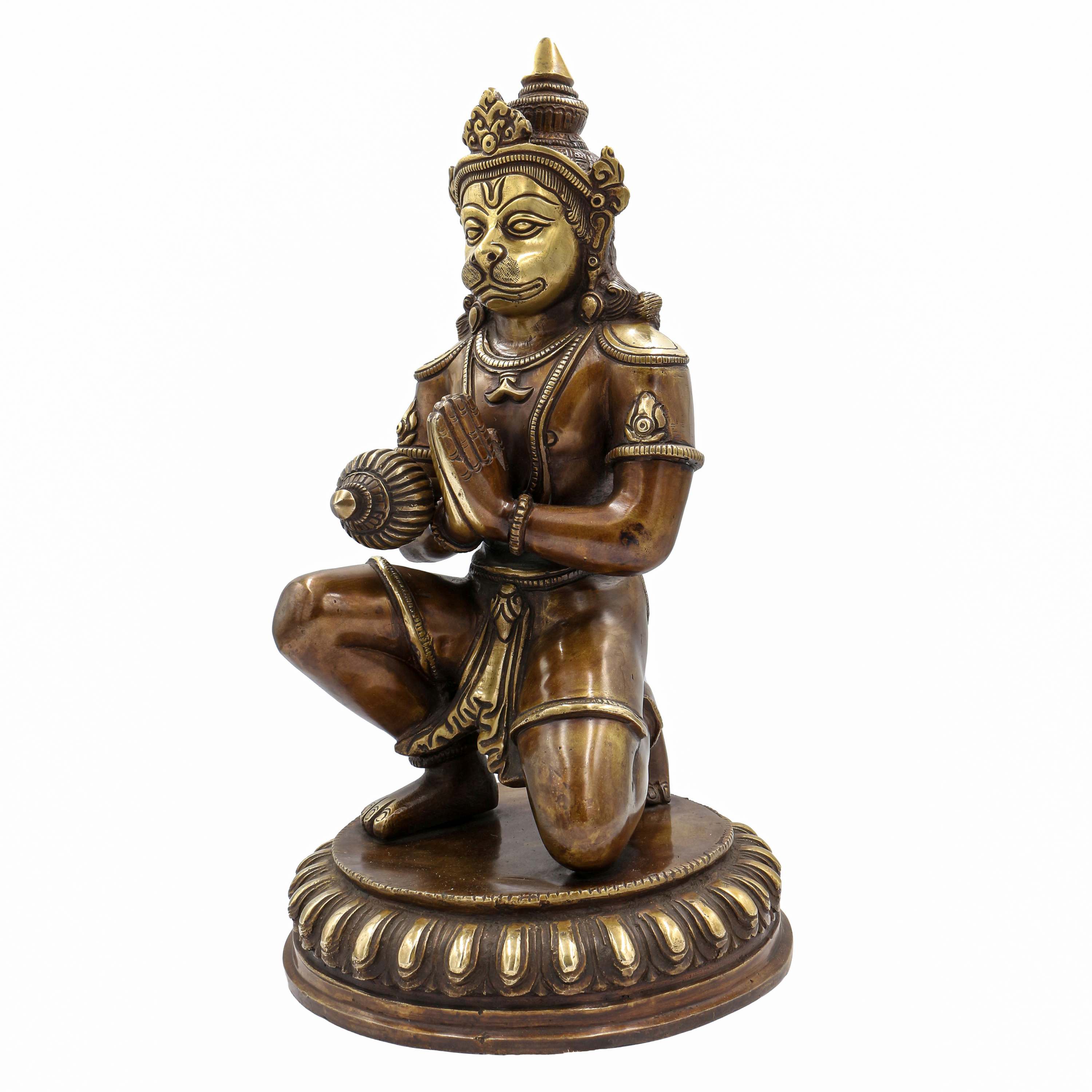 of Hanuman,
of Hanuman,  of Hanuman,
of Hanuman, 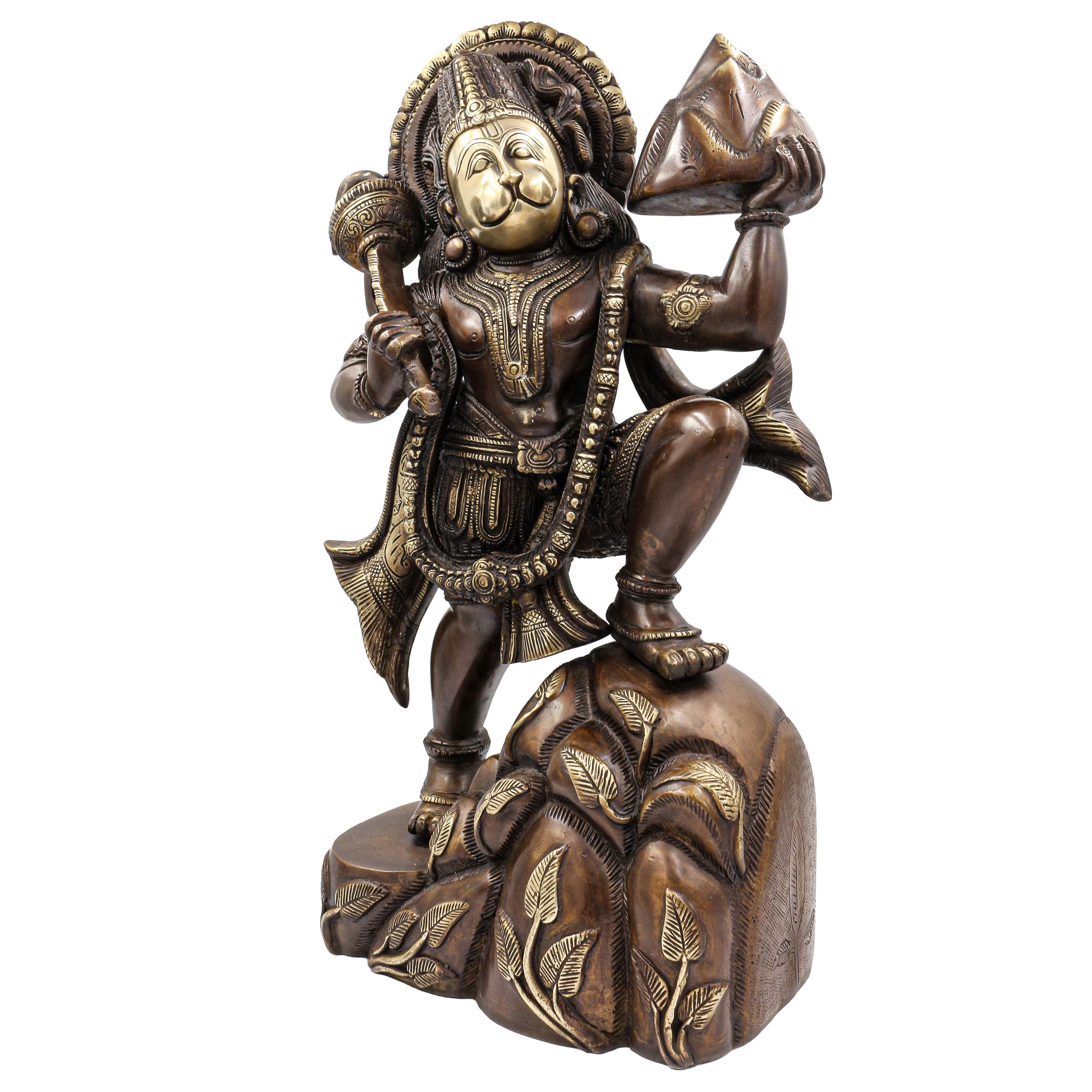 of Hanuman,
of Hanuman,